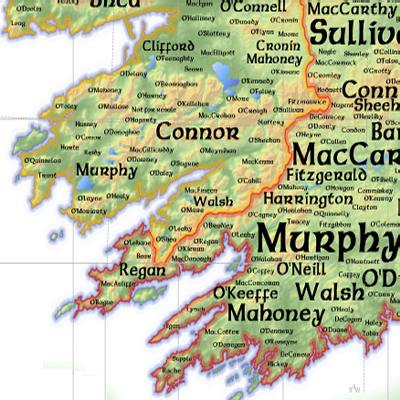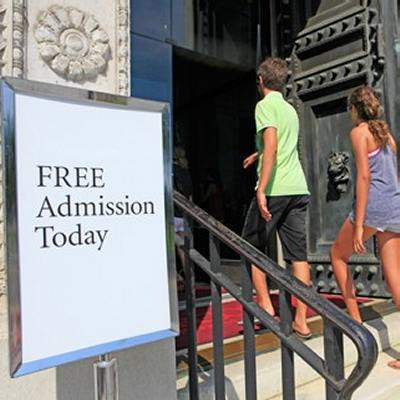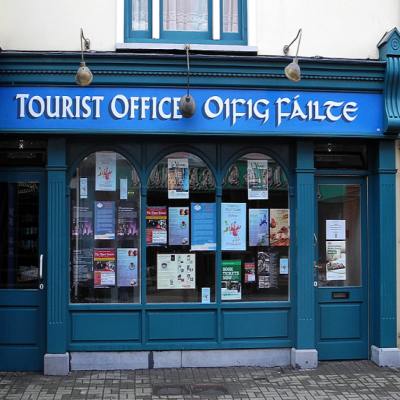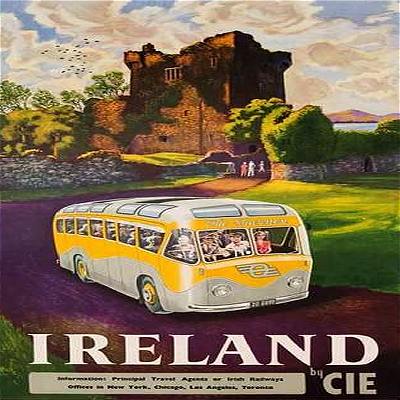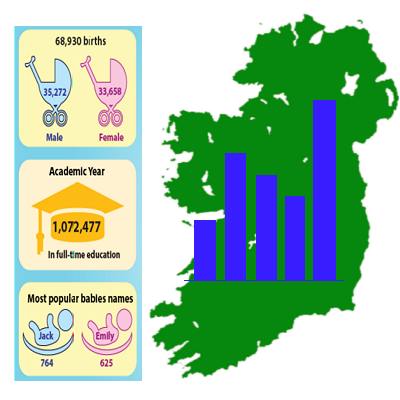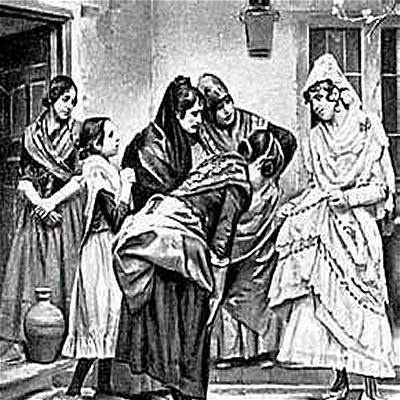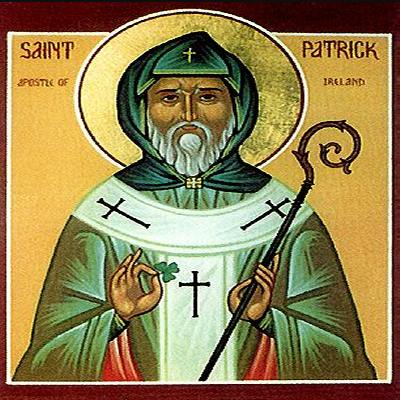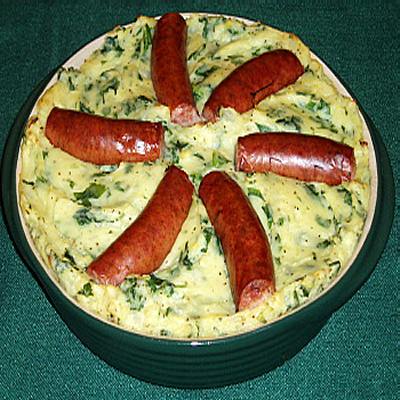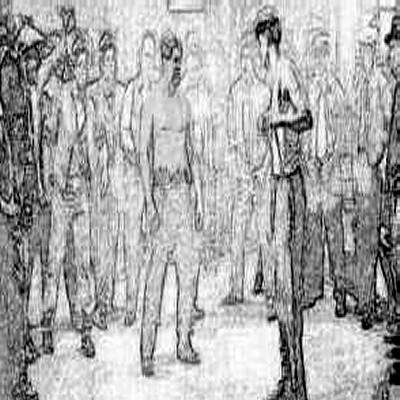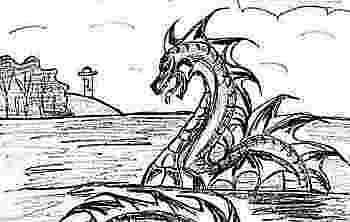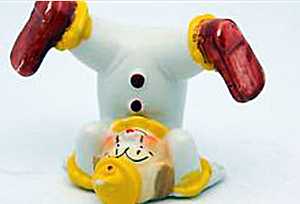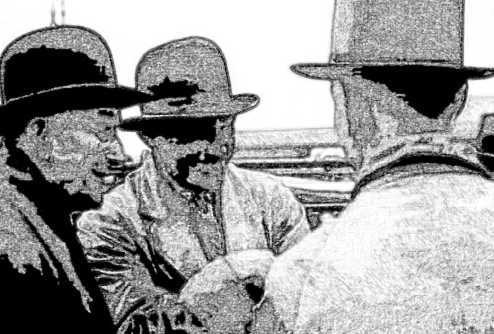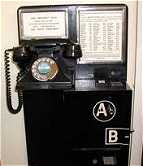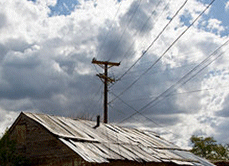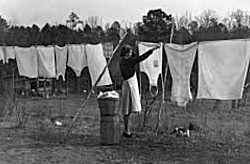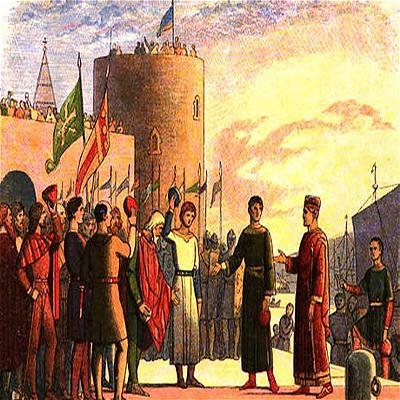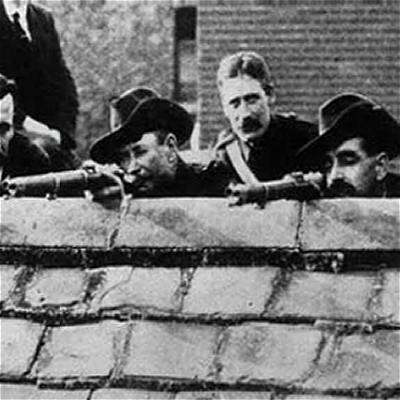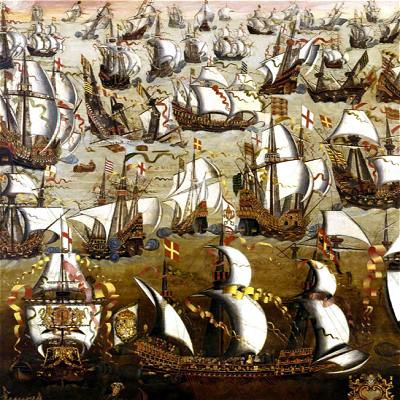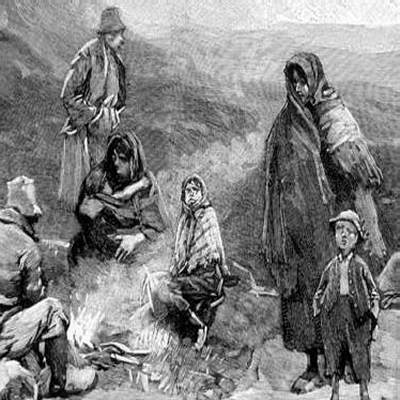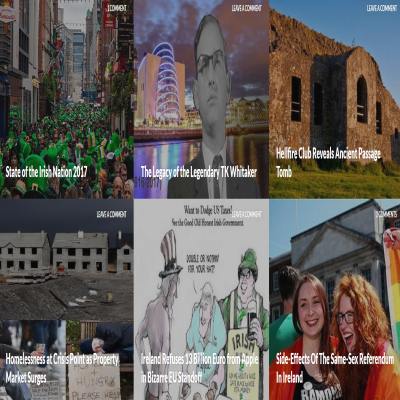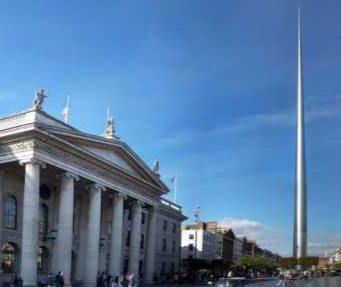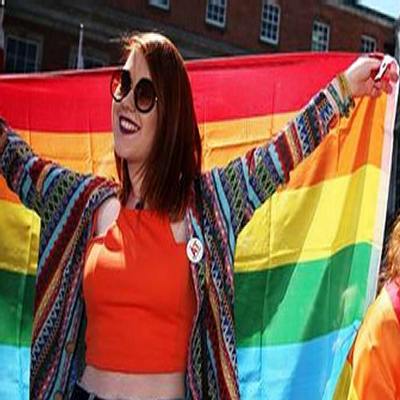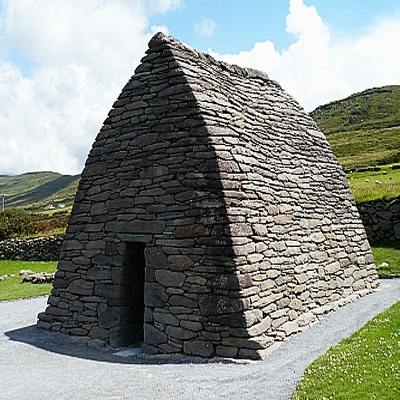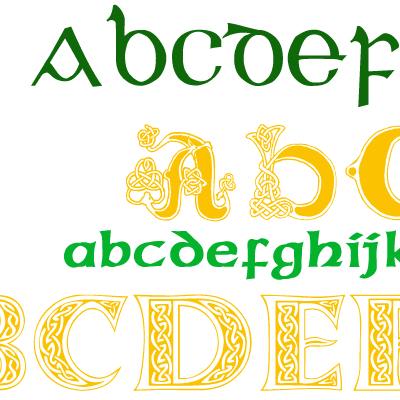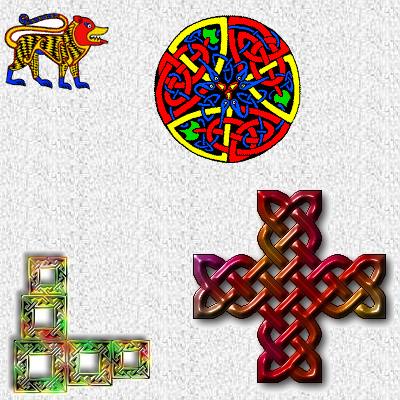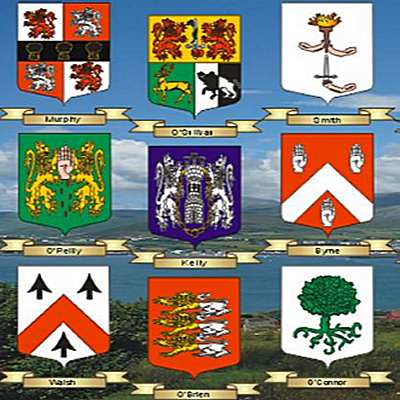note: Tlachtga, pronounced 'clocked-gah'
Samhain, pronounced 'sough-inn', rhymes with bough
Mug Ruith, prononced 'mog roo-ah'
Roth Ramach, pronounced 'rot rom-ock'
It is only in recent years that the epic significance of Tlachtga has begun to be fully appreciated.
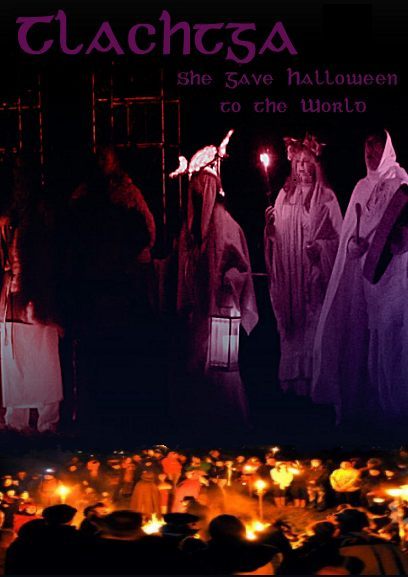
Tlachtga's Hill itself is a small Ring-Fort with man-made circular mounds, relatively modest in size, that recent excavations have revealed may have incredible treasures yet to be realized. The site has long been a gathering place for Pagans and Wiccans, and indeed for those whose belief in a sincere connection with the earth defies such labels. For they know its significance.
For this small hill in the middle of the Irish countryside is where the worldwide tradition of Halloween began.
Originally known as Samhain, Halloween marks the end of Summer and the harvest. It was a time for great celebrations and feasting in the Pagan world, stretching back to the Bronze Age (approx 3500 B.C. to 1200 B.C.) and possibly even before that era.
Geoffrey Keating was a seventeenth century chronicler who wrote about Tlachtga in his much referenced book 'History of Ireland':
(it was on this hill that) 'the Fire of Tlachtgha was instituted, at which it was their custom to assemble on the eve of Samhain to offer sacrifice to all the gods... it was of obligation under penalty of fine to quench the fires of Ireland on that night, and the men of Ireland were forbidden to kindle fires except from that fire."
and
'the priests, augurs and druids of Ireland [would] assemble upon the eve of All Saints, in order to consume the sacrifices that were offered to their pagan gods'.
The hill was one of several important sites in the Kingdom of Midhe (now Meath), others being Tara, Teltown and Uisneach. It became known as the Hill of Ward when it was named for a local landowner who owned it at one time. The Cairns of Loughcrew (over 5000 years old), are visible from the hill. The sacred site at Tara is also within view.
As the Christian faith spread throughout Ireland from the fifth century onwards, the process of 'Christianizing' Pagan Gods and Goddesses and their legends and traditions really took hold. Thus the tales of the ancient Goddess Brigid became merged and intertwined with the actual Saint Brigid, who died in the sixth century.
Similarly the festival of Samhain was Christianized as 'All Hallows Day'. It is on this night that the veil between the dead and the living might be lifted and when demons might wander the land. Samhain was the festival of the dead, and the beginning of the Celtic new year. It was this Celtic occasion that later became known as Halloween.
Dr. Steve Davis, from UCD, has carried out research into the origin of the hill:
'There has been a suggestion that one of the reasons the site is not better known is that it was written out of the (Saint) Patrick story - that it was so infamous that the church did a very good job of trying to erase it from the mythology'.
Which brings us to Tlachtga.
Tlachtag was a Druidess of considerable power and importance, the daughter of Mug Ruith who lived on Valentia Island in Kerry. He could grow to enormous size while his breath could cause tremendous storms, turning men to stone. He is said to have lived during the reign of nineteen kings, with his lifespan stretching back to the time of Christ on earth. Tlachtga and her father could travel the world on the Rath Ramach, a fabulous spinning wheel of fire that could easily transport them. Mug Ruith sought out knowledge and learning like few before him and it was in this manner that he and Tlachtga travelled to study under Simon Magus (Simon the Sorcerer), who is mentioned in the Bible.
Simon Magus looms large in the scope of this tale, and the fact that he has an actual crime named for him (Simony: the buying and selling of Church offices and relics), indicates that this tale will not end well.
Simon Magus and Mug Ruith continued with their study of magic and sorcery and sent Tlachtga out into the world to gather as much knowledge as she could. Upon her return they realized that her knowledge far surpassed their own!
They were outraged and such was their jealousy that they set the three sons of Simon Magus upon Tlachtga, who defiled her.
Of course this was an appalling and dreadful moment for Tlachtga. She returned to Ireland where she gave birth to three sons, Dorb (Doirb), Cuma (Cumma) and Muach.
It was on the hill in County Meath that Tlachtga brought her three sons into the world, and it was there that she died, unable to sustain her life in the face of the utter grief and despair she felt at the indignity she had endured.
From that time she entered the lexicon of the mythology that is so rich in Ireland and in which there has been a revival of interest and understanding. In recent years a renewal of the annual gathering now attracts hundreds of people to the Hill at Halloween. A walk from Athboy up towards the Hill itself culminates with a celebration, with elaborate ceremonies and an acknowledgement of the cultural gift to Ireland and the world that Tlachtga is.
Tlachtga, the Irish Druidess that gave the world Halloween!
Further Information:
Video of Joe Conlon from Athboy Heritage Forum
The Annual Puca Festival
Tlachtga: Celtic Fire Festival Book by John Gilroy

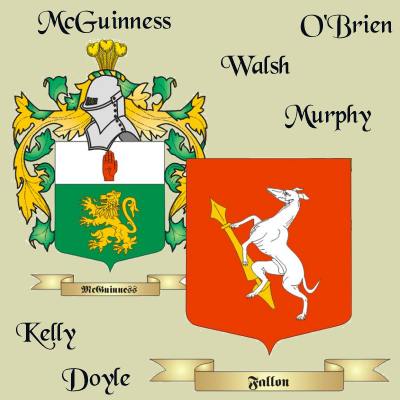 Your Family Crest
Your Family Crest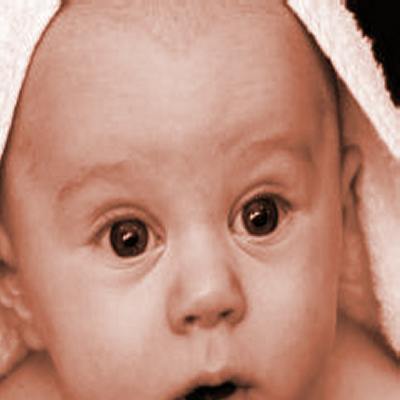
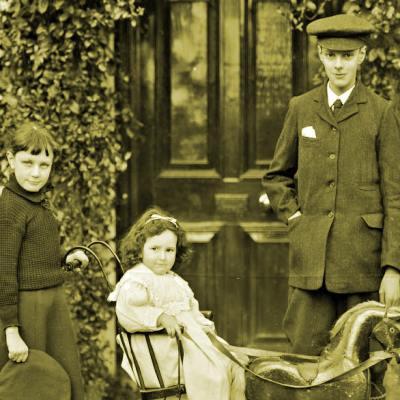 Irish Roots Search
Irish Roots Search